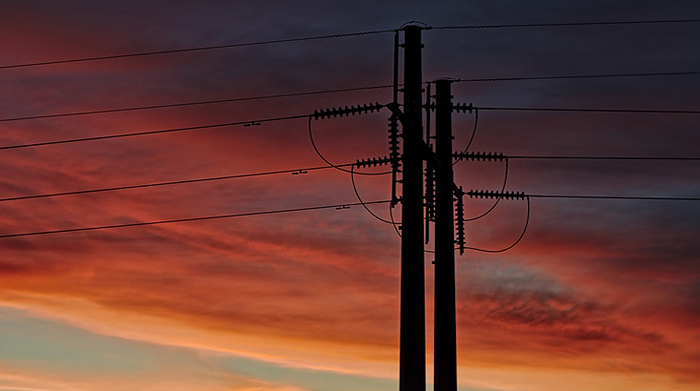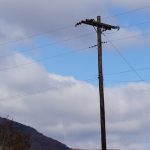Is It Possible to Futureproof the Power Grid?

Image courtesy of Bruce Guenter under Attribution 2.0 Generic (CC BY 2.0) License, resized to 700 x 391 pixels.
The word “futureproof” was not part of most utility executives’ vocabulary prior to 2012. But that has changed dramatically since then.
As of the time of this writing, it’s been just over a decade since Superstorm Sandy pounded the northeast corridor of the U.S., and if you’ve been in the utility industry for any length of time, you know that this event fundamentally changed how utility companies prepare for, and react to, storms. And this new reality is the basis for the recent launch of the EPRI (Electric Power Research Institute) Climate READi (REsilience and ADaptation) initiative.
How EPRI Aims to Leverage Climate READi to Futureproof the Grid
The objective of Climate READi is to engage global experts and industry leaders to develop a common framework to help futureproof the grid and improve overall resilience. According to EPRI, this 3-year initiative represents one of the most comprehensive, integrated approaches to physical climate risk assessment ever conceived.
Climate READi involves over 30 energy providers, including big ones such as New York-based Consolidated Edison (ConEd) and American Electric Power (AEP), as well as government entities like NOAA, research companies, scientists, regulators, universities and more. Yes, it is a huge undertaking.
The initiative involves 3 distinct workstreams:
- Physical climate data and guidance – Aims to define the existing climate data utilities have compiled over the years, understand which data points are relevant and how, and identify any remaining data gaps.
- System & vulnerability assessment – Aims to develop a risk analysis methodology to measure asset vulnerability.
- Resilience and adaptation planning and prioritization – Aims to develop a cost-benefit analysis tool to prioritize the most critical investments.
The bottom line is that changing weather patterns represent a paradigm shift in how utilities must evolve and operate. And developing a new framework around this paradigm shift is the only way the industry will be able to futureproof its assets and infrastructure in the years to come.



